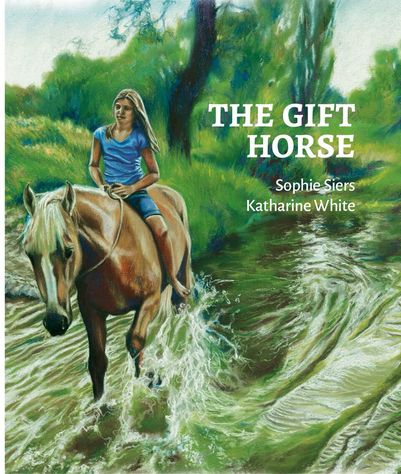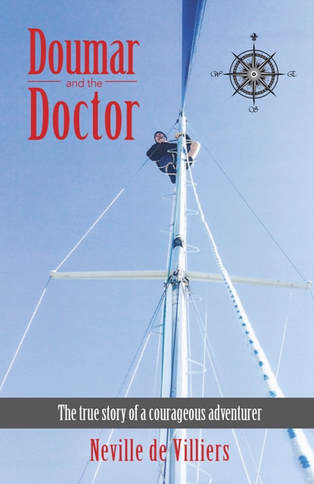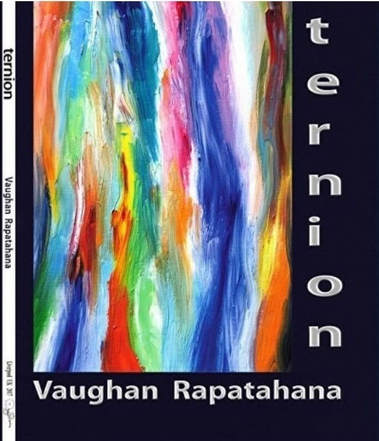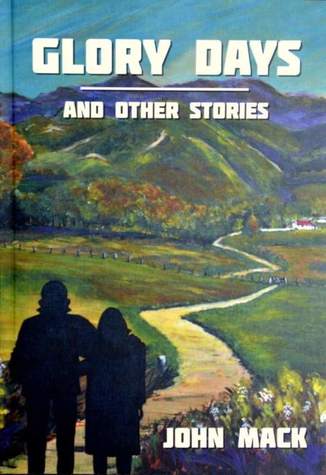
by M J Burr
It is a brave undertaking to write any novel, and even more so in the case of an historical novel as the author must know every aspect of the period. The inclusion of real people among the characters, details of whose lives are recorded and known, adds a further huge dimension and demands careful handling in order to portray them fairly.
M J Burr has taken up such a challenge in his novel An End of Honour, and he succeeds admirably.
The main period covered is the 1860s; the places – southern states of USA, and New Zealand. The American Civil War is drawing to a close and the Land Wars in this country escalating.
The central character, John Selby Hunter, Captain of a Confederate cavalry troop, leaves his West Virginia home for good reason and travels to New Zealand where he is persuaded by Governor Grey to accept a commission in the mounted division of the New Zealand Armed Constabulary.
The working in of actual battles in Taranaki, details of weaponry, cultural customs of different peoples and their intersection, all show there has been a huge amount of research undertaken by M J Burr to inform his crafting of this work. Real figures from New Zealand history are brought alive on the page as they are encountered by Hunter – Thomas McDonnell, Gustavus von Tempsky, Donald McLean, Robert Wynyard, George Whitmore, Governors Gore Browne and George Grey, premier Edward Stafford, and others of colonial society; Maori leaders and personalities including Rewi Maniapoto, Tikaokao, Titokowaru, Kereopa; with the renegade American Kimble Bent between the two.
The author notes – This novel follows the historical record as faithfully as a work of fiction might, because I am wedded to the notion of truth being stranger than fiction.
If I have any criticism of this novel, it is with the subtitle – a novel of Titokowaru’s War. It is that, yes, but it is more than that, and I found myself becoming immersed in further storylines that are part of the whole book – Hunter’s Civil War experiences, gun smuggling, details of the social life of settlers in this country 150 years ago. There’s some consideration of varying views of Darwin’s work On the Origin of Species, recently published at the time. And there’s a love story intermeshed with the main story – well handled, not sentimental.
All’s fair in love and war, it is said, but is it really? As the title points to, the main theme of the book is that of honour, and this is developed well through the story lines – relating to society, ethics, warfare, and love.
Throughout, the fluent writing and realistic dialogue makes this book easy reading.
Recommended for anyone with any interest in New Zealand’s past, or for those who simply enjoy a good story. It's one that will stay with me while others fade from memory.
Author: M J Burr
Publisher: ClioWrite Ltd
ISBN: 978-0-473-26061-3
Available: paper via www.cliowrite.com; Email [email protected]; Post 36 Wairau Road; Oakura, Taranaki 4314. Telephone / fax 06 7527 50; Ebook via Amazon





 RSS Feed
RSS Feed
